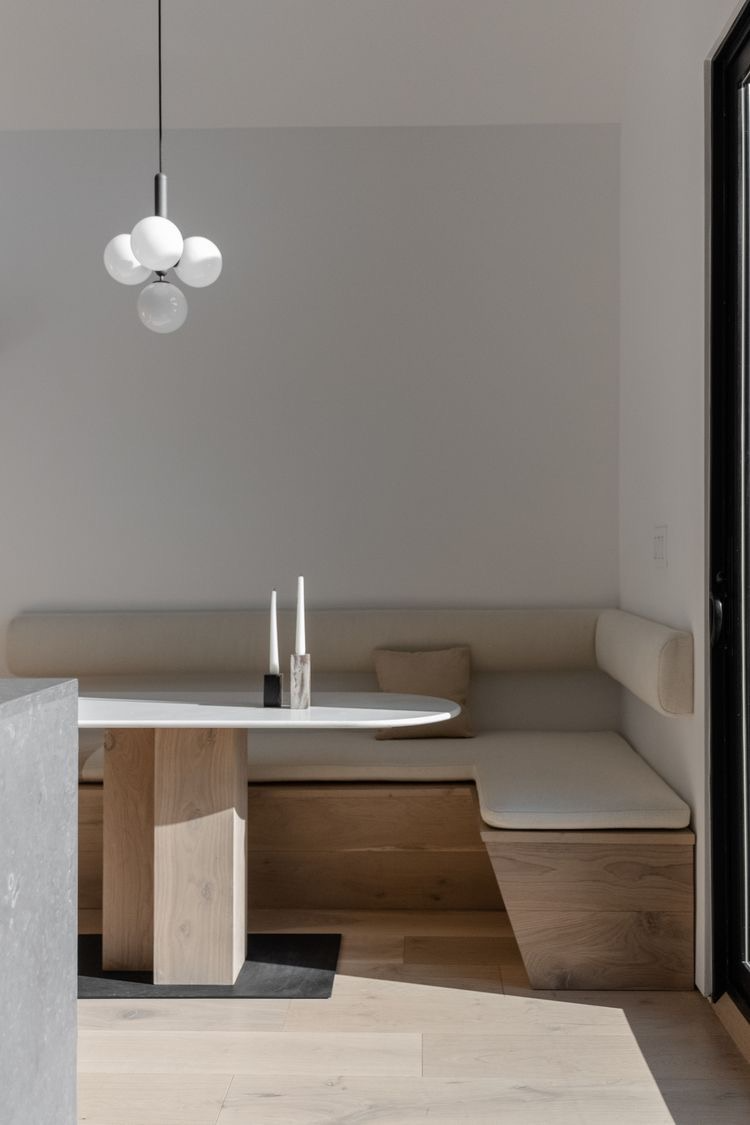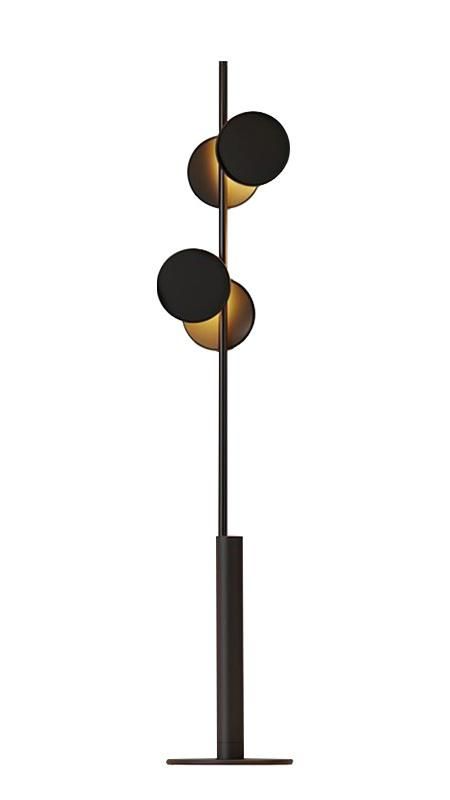Living room lighting Artemidde lighting
An Introduction to Artistic Lighting in International Contexts
Artistic lighting, a fusion of functionality and aesthetics, has gained significant prominence in various parts of the world. It transcends the mere purpose of illumination, evolving into a form of artistic expression that enhances spaces, evokes emotions, and tells stories. This unique blend of light and art has become an integral aspect of interior and exterior design, capturing the imagination of designers, architects, and art enthusiasts alike.
In international contexts, artistic lighting is often characterized by its innovation, creativity, and adaptability. It can range from intricate chandeliers adorned with crystal or metalwork to sleek, modern installations that utilize LED technology and advanced programming. These lighting fixtures and installations are not just functional; they are works of art that contribute to the overall ambiance and identity of a space.
One of the most notable aspects of artistic lighting is its ability to transform environments. By manipulating the intensity, color, and direction of light, designers can create moods, highlight architectural features, and guide the viewer's gaze. For instance, warm, soft lighting can evoke a sense of comfort and intimacy, while bright, directional light can emphasize a particular artwork or architectural detail.
Moreover, artistic lighting often incorporates elements of culture and tradition. In many countries, lanterns and other forms of decorative lighting are used during festivals and celebrations to symbolize joy, prosperity, and unity. These traditional forms of lighting have evolved over time, incorporating modern design elements and technology while preserving their cultural significance.
In recent years, the integration of technology has further expanded the possibilities of artistic lighting. Smart lighting systems, for example, allow for greater control and customization, enabling designers to create dynamic light shows and interactive installations. These systems can respond to touch, sound, and even movement, adding an element of surprise and engagement for viewers.
Another trend in international artistic lighting is the emphasis on sustainability. Designers are increasingly incorporating energy-efficient LED technology and recyclable materials into their work, creating beautiful lighting solutions that are also environmentally friendly. This shift towards sustainable design reflects a growing awareness of the impact of human activities on the environment and a commitment to creating more responsible and sustainable art.
In conclusion, artistic lighting is a vibrant and ever-evolving field that combines functionality, aesthetics, and cultural significance. Its ability to transform spaces, evoke emotions, and tell stories makes it an indispensable aspect of interior and exterior design in international contexts. As technology continues to advance and cultural influences intertwine, the possibilities for artistic lighting will undoubtedly continue to expand, captivating and inspiring audiences worldwide.

41. Glass pendant lights
42. Metal chandeliers
43. Wooden floor lamps
44. Ceramic table lamps
45. Crystal lighting fixtures
46. Bamboo wall sconces
47. Fabric lampshades
48. Bronze ceiling lights
49. Plastic outdoor lights
50. Marble base lamps

